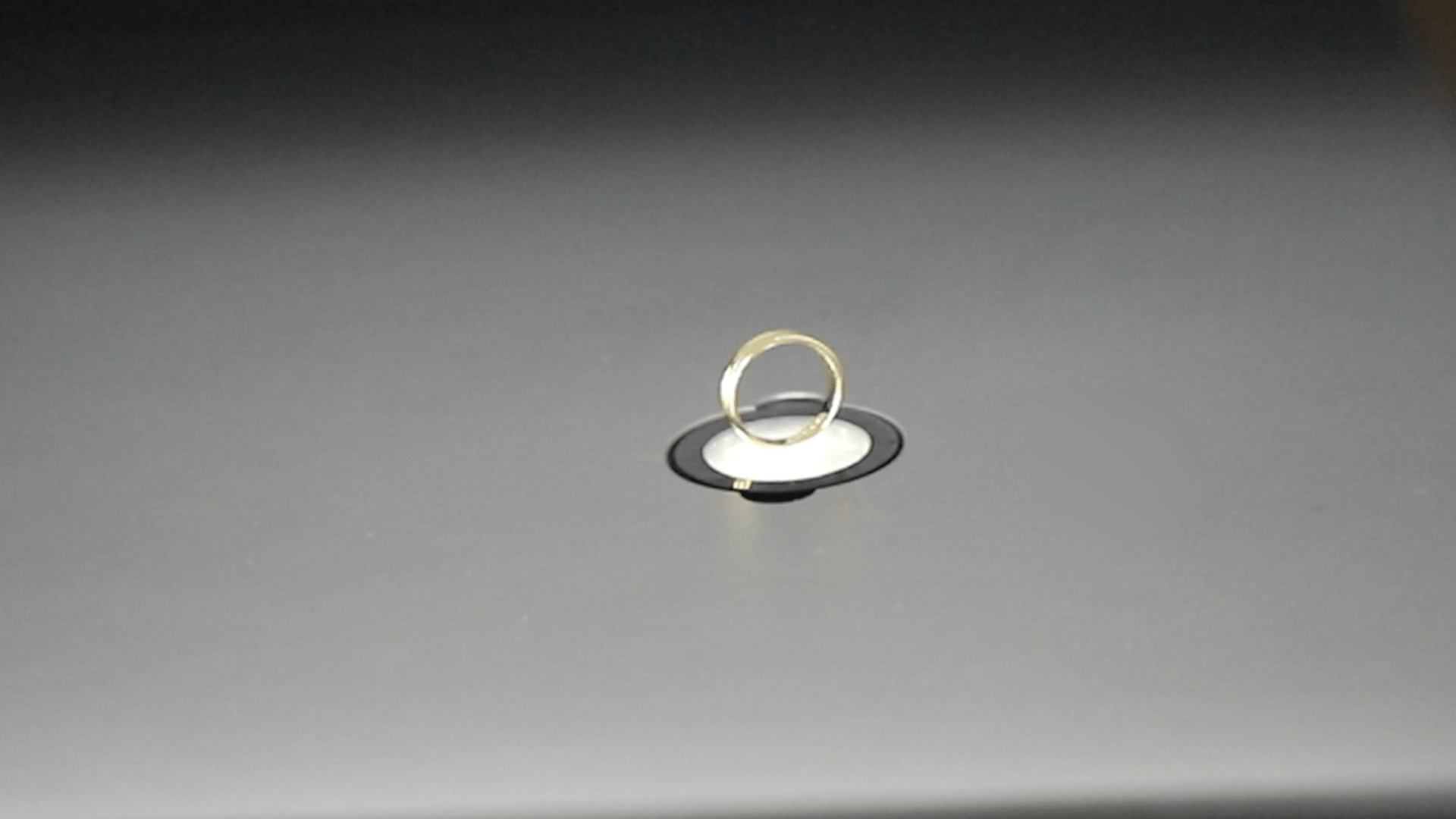
Freshwater pearls are primarily cultured in freshwater lakes, rivers, and ponds. The most notable production comes from China, which dominates the freshwater pearl market. Freshwater pearls have characteristics like soft luster, and smooth to slightly blemished surfaces, and Each pearl is unique. Freshwater pearls have value are Affordable and versatile. Ideal for classic, modern, and artistic jewelry designs. Freshwater pearls are perfect for every jewelry lover with their variety and beauty.
Round Pearls

Round freshwater pearls are relatively rare compared to other freshwater pearl shapes. They are highly prized because their symmetry resembles that of traditional saltwater pearls like Akoya pearls. With advancements in culturing techniques, round freshwater pearls have become more accessible over time.Perfectly spherical or near-spherical. Round pearls are the most classic and traditional shape, symbolizing purity and elegance.Typically found in white, but also available in pink, peach, and lavender.Round pearls are ideal for classic jewelry designs such as single-strand necklaces, pearl studs, and simple bracelets. Their symmetry makes them perfect for timeless pieces that never go out of style.
Baroque pearls have a long history, dating back to the Renaissance period when their irregular shapes were particularly valued for creating intricate jewelry pieces. In freshwater pearls, baroque shapes are common due to the natural way they form inside the mussel.Irregular and asymmetrical, often with unique and organic forms. No two baroque pearls are exactly alike.Available in a variety of colors, including white, pink, peach, lavender, and more exotic hues like metallic tones. Baroque pearls are perfect for contemporary and artistic jewelry. Their unique shapes make them ideal for statement pieces such as bold necklaces, earrings, and one-of-a-kind brooches.
Baroque Pearls

Button Pearls

Button pearls have been used in jewelry for centuries, particularly in cultures where pearls are traditionally set into rings and earrings. Their flattened shape makes them practical for designs that require a pearl to sit flush against the skin or another surface. Flat on one side and slightly domed on the other, resembling a button. This shape is highly versatile in design. Commonly found in white, but also available in pink, peach, and lavender.Button pearls are popular in stud earrings, rings, and cufflinks. Their shape also makes them suitable for use in pendants and as accents in multi-pearl designs.
Named for their resemblance to grains of rice, these pearls became popular in the mid-20th century. They are one of the more common shapes in freshwater pearls and are often used in affordable, mass-produced jewelry. Small, elongated, and oval-shaped, resembling a grain of rice. Their shape is less uniform compared to round pearls. Typically found in white, but also available in pink, peach, lavender, and various dyed colors. Rice pearls are often used in multi-strand necklaces, beaded bracelets, and delicate earrings. They are also popular in bohemian and casual jewelry designs.
Rice Pearls

Oval Pearls

Oval pearls have been favored for centuries for their elegant and elongated shape. They are particularly popular in vintage-inspired jewelry, where their classic form adds a touch of sophistication.Symmetrical and elongated, with an oval profile. This shape is a timeless classic in pearl jewelry. Available in white, pink, peach, lavender, and occasionally in more vibrant, dyed hues.Oval pearls are ideal for elegant jewelry designs such as pendant necklaces, drop earrings, and sophisticated rings. Their shape lends itself well to both classic and contemporary styles.
Potato pearls are so named because their irregular, lumpy shape resembles that of a potato. These pearls have been used for centuries, particularly in designs where uniformity is less important, and natural beauty is celebrated. Irregular and lumpy, similar to the shape of a small potato. They are not perfectly symmetrical but are beloved for their natural and organic look. Typically found in white, pink, peach, and lavender, but also available in dyed colors. Potato pearls are commonly used in casual, everyday jewelry, such as beaded necklaces and bracelets. Their irregular shape makes them perfect for rustic, boho-chic designs.
Potato Pearls

Coin Pearls

Coin pearls are a relatively modern innovation, cultivated to be flat and round, resembling coins. They became popular in the late 20th century as jewelers began experimenting with new shapes and designs. Flat and round, like a coin. Their broad surface area makes them ideal for showcasing the pearl’s luster. Typically found in white, but also available in pink, peach, lavender, and metallic tones. Coin pearls are perfect for modern and minimalist jewelry designs. They are often used in pendant necklaces, drop earrings, and statement bracelets, where their flat shape can be showcased.
Some text

